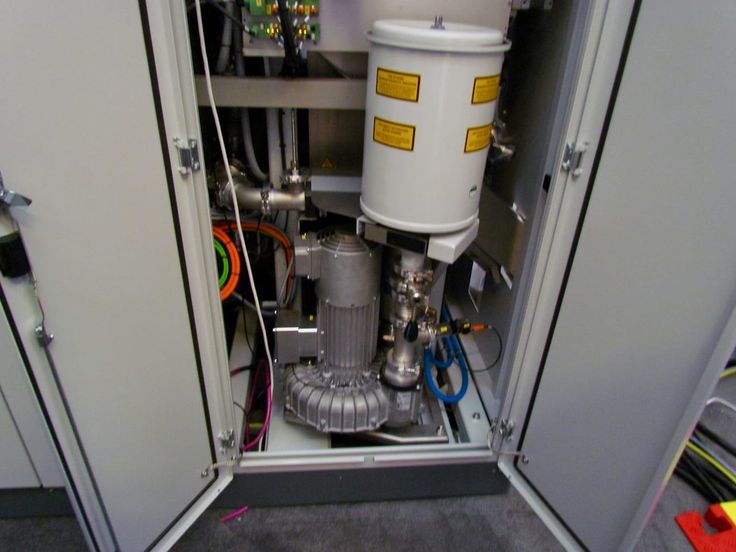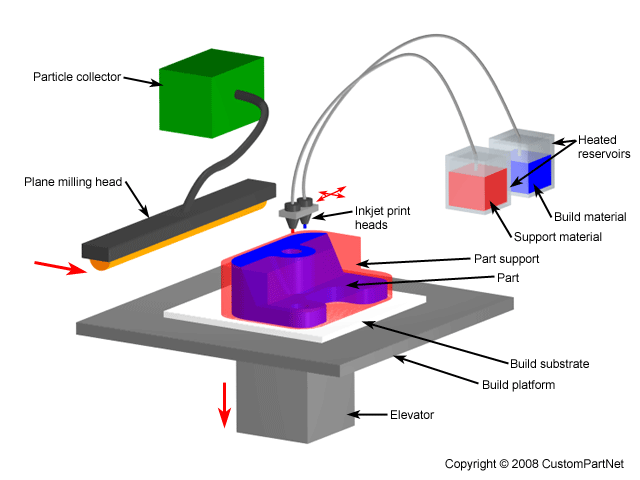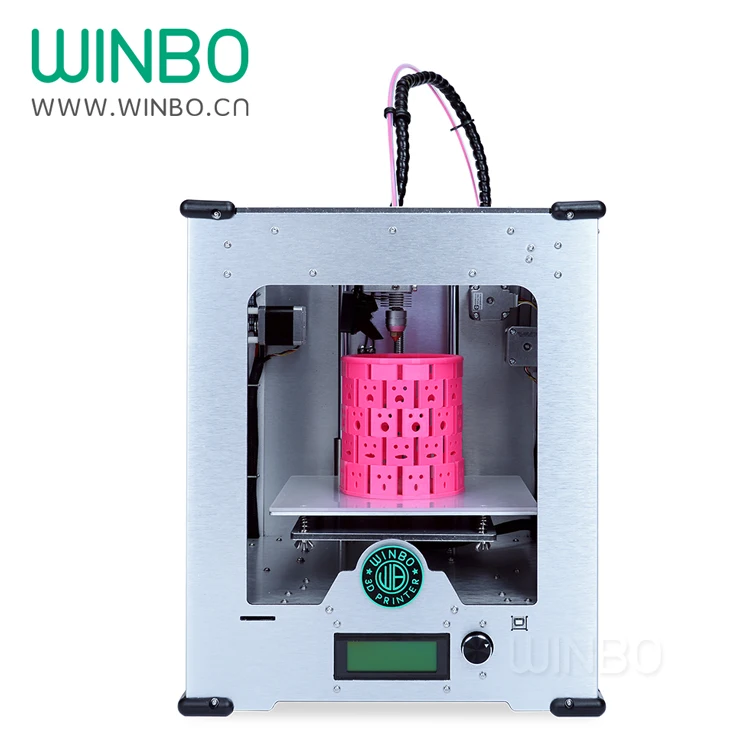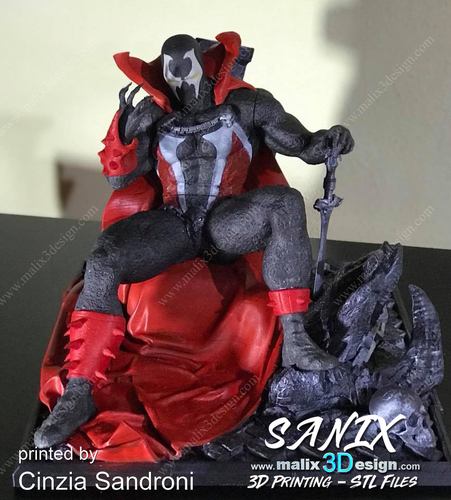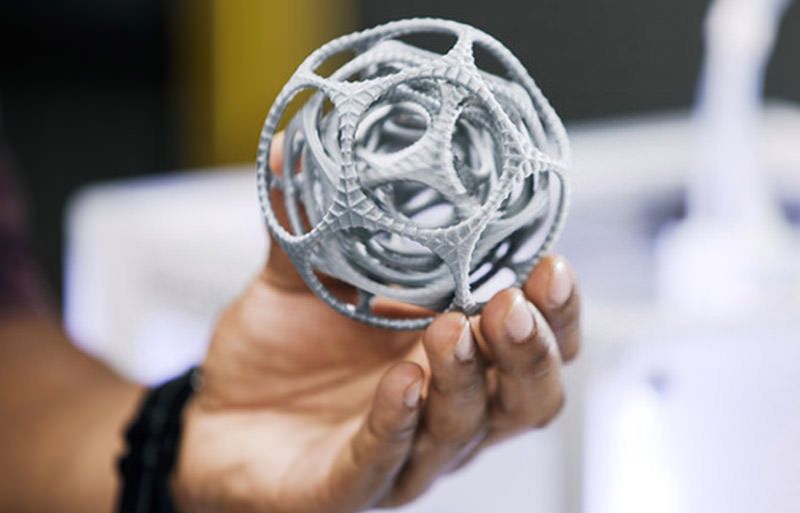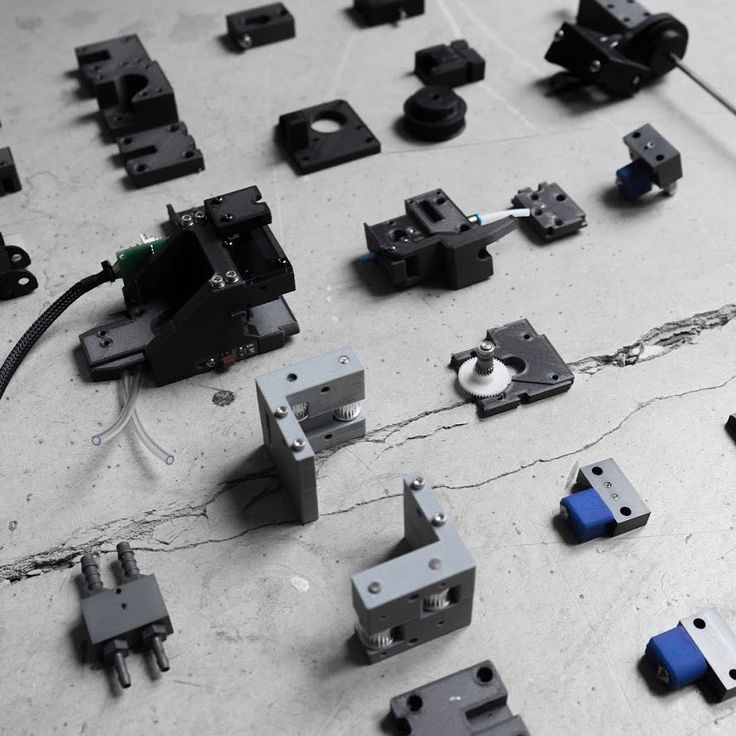Thermoforming 3d printer
3D Printing Applications: Thermoforming
Use 3D printed thermoforming molds with both benchtop and industrial machines to efficiently and affordably produce dozens of functional prototypes, parts for pilot production, or custom and low volumes of end-use parts.
Formlabs complete, easy-to-use ecosystem can seamlessly be integrated into any thermoforming workflow. Save time and money on custom and low-volume thermoforming projects by leveraging the benefits of 3D printed molds to quickly and affordably produce dozens to hundreds of parts in traditional thermoplastics.
Read the Quick Start Guide
Step 1
Mold Design
Design your object in CAD during work hours.
Step 2
Mold 3D Printing
3D print the mold overnight.
Step 3
Mold Assembly
Install the mold in your thermoforming machine.
Step 4
Sheet Clamping
Clamp the plastic sheet and input the required settings.
Step 5
Heating
Heat the plastic sheet following the manufacturer’s recommendations.
Step 6
Forming
A broad range of thermoplastics can be thermoformed with 3D printed molds such as HIPS, ABS, PC, PETG, PE, or PP.
Step 7
Cooling
For serial production, maintain the temperature of the mold under 70-80 °C by increasing cycle time.
Step 8
Demolding and Trimming
Demold and trim the part to remove the excess plastic. Cutlines can be incorporated into the CAD design.
Thermoforming molds fabricated with Formlabs 3D printers have been tested with both desktop and industrial thermoforming machines using a wide range of pressures, temperatures, and materials, using both thin and thick-gauge sheets.
See the Molding Conditions Customers Have Used
A Complete Desktop Ecosystem
With a Formlabs 3D printer and desktop vacuum forming or pressure forming machine, it’s easy to get started in-house. Quickly test, validate, and iterate prototypes, or manufacture custom and low volumes of end-use parts with limited equipment and training.
Production on the Factory Floor
Grow your business and take on more small volume jobs by leveraging 3D printing to produce thermoforming molds. Whether you outsource low-volume tooling or machine it in house, 3D printing can be used on the factory floor to affordably and efficiently fabricate molds while allocating skilled resources elsewhere. The Form 3L enables the fabrication of large-scale molds for floor standing and fully automatic production machines.
Formlabs ecosystem of accessible 3D printers and high-performance materials can be used to fabricate strong, smooth, highly detailed thermoforming molds capable of producing dozens to hundreds of parts under demanding molding conditions.
High Performance SLA 3D Printer
The Form 3+ produces molds with high-quality surface finish and fine features, ensuring that the thermoformed parts come out true to design with minimal post processing.
Use the Form 3+ at various points of the product development process for a faster ROI. From 3D printing prototype parts to producing molds for short run production of those same parts, the Formlabs ecosystem is easy to integrate into any product development process.
From 3D printing prototype parts to producing molds for short run production of those same parts, the Formlabs ecosystem is easy to integrate into any product development process.
Buy the Form 3+Request a Free Sample Part
Check out some additional resources to help you get started using Formlabs 3D printers to fabricate low-volume thermoforming molds.
Thermoform Tooling With 3D Printing Technology
Using 3D printed technology you can quickly manufacture low-cost thermoforming tools on-demand
Application Overview
Take advantage of the multiple benefits 3D printed thermoform tooling offers.
Thermoforming is a collection of manufacturing methods that heat and form sheets of extruded plastic. Using FDM 3D printing technology, reduce the overall time and cost to produce thermoformed parts using FDM thermoplastic materials. This process offers the convenience of simple tool fabrication compared with traditionally fabricated tooling that was specific to an application.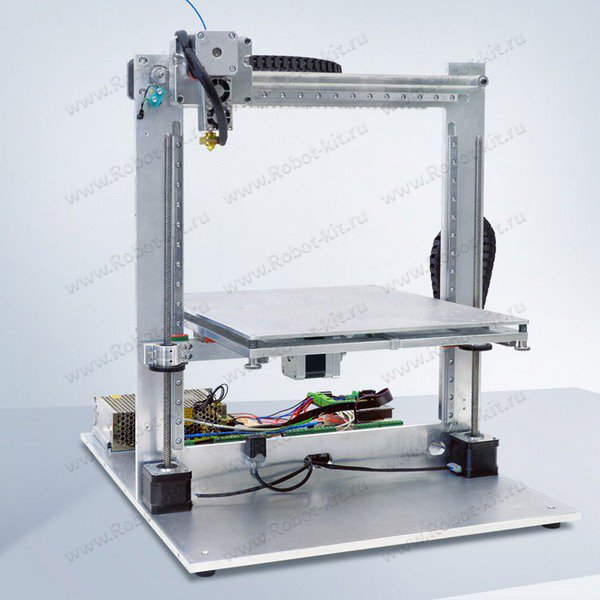
Need 3D Printed Thermoform Tools?
Work with our 3D printing service bureau to have them manufactured on-demand
Get Started with Services
Lower Costs
3D printed thermoform tools are much more cost-effective than traditionally manufactured tools
Shorter Lead Times
Create tooling on-demand and reduce time-to-market by days, even weeks
Increase Complexity
Tackle next-generation projects without having to be limited by your designs
Benefits of 3D Printed Forming Tools Reduce Manufacturing Time
Experience reduced lead times as FDM thermoforming allows you to build tools in hours or days instead of weeks or months. Quick design changes in CAD gives you fast customization options as you eliminate secondary machining operations needed to incorporate vacuum features. The inherent porosity of FDM thermoform tooling eliminates the need to machine vacuum holes in the tool. This process also features increased tool complexity as you can build as much or as little in your print as needed such as variable wall thickness and other features to reduce thermal mass and gradients.
The inherent porosity of FDM thermoform tooling eliminates the need to machine vacuum holes in the tool. This process also features increased tool complexity as you can build as much or as little in your print as needed such as variable wall thickness and other features to reduce thermal mass and gradients.
Virtually any thermoplastic available as extruded sheet stock may be used to thermoform prototypes or manufactured parts. Wall thicknesses can range from foils to thick-gauge stock with no molding stresses to combat. Traditionally, tooling requires large production operations and are timely and costly to run. With 3D printing, as the suitable alternative, manufacturers can take advantage of short-run manufacturing and prototyping with tool life ranging from 100 to 1,000 parts.
Recommended 3D Printers
Related Resources
3D Printed Tooling Saves Time and Money for the Hager Group
Manufacturing
The Hager Group, a company specializing in energy management and home automation systems, use additive manufacturing (3D printing) to improve its manufacturing processes, cut costs, and increase innovation and market responsiveness. Read about how they leveraged Stratasys FDM technology to produce advanced tooling.
Read about how they leveraged Stratasys FDM technology to produce advanced tooling.
View Case Study
3D printing mold making
Desktop 3D printing molding allows engineers and designers to get more functionality out of a 3D printer beyond prototyping. Molding opens up a world of production materials and provides the opportunity to produce small batches and sample test molds before using expensive
tools.
This booklet covers the following three mold making strategies: injection molding, high temperature molding and injection molded elastomers. Typically, molds are made from Formlabs clear resin, which is preferred for its transparency, although any standard resin can be used, and high temperature resin is ideal for processes with high temperature requirements. It should be noted that these processes are best suited for stereolithographic 3D printing (SLA) because the printed parts are isotropic and waterproof.
Prototyping and small-scale production with 3D printing tools
| Process | Equipment | Run time | Material cost (for example: 300 ml/cm3) |
| Do-it-yourself mold making and parts making | Mold 2 and injection molding machine | 5 to 24 hours (form print time) | Approximately $50 for High Temperature Resin |
| Outsourced SLA Form | injection molding machine | 3-5 days | Approximately $700 for back office printing on industrial SLAs |
| Outsourced metal mold | injection molding machine | 1-2 weeks | Approximately US$6,400 for office desk, aluminum finish |
| Outsourced mold Creation and production | no - full outsourcing | 1-3 weeks | $4,000 to $15,000 depending on volume and materials |
Silicone molding and some desktop molds are available using Formlabs Standard Resins High Temp, which has the highest HDT at 0.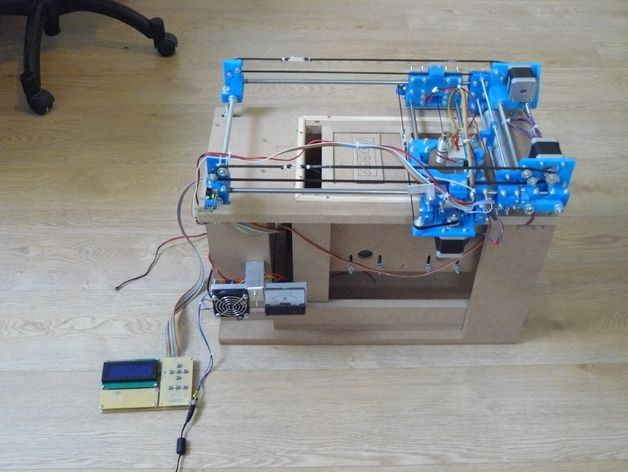 45 MPa for any 3D printed materials currently on the market and allows print parts that can be used for high temperature forming such as thermoforming and injection molding of materials with higher melt temperatures
45 MPa for any 3D printed materials currently on the market and allows print parts that can be used for high temperature forming such as thermoforming and injection molding of materials with higher melt temperatures
Injection molding
High-resolution SLA 3D printing on the Form 2 can be used to quickly prototype inexpensive injection molds that can be used to make real parts from a wide variety of
thermoplastic materials. Injection molds can be used to test mold designs prior to metal tooling or to produce low-volume parts
3D Printed Injection Molding covers injection molding using Formlabs clear resin printed molds. Following the release of Formlabs High Temperature Resin, designed to achieve higher heat resistance and stiffness, the booklet has been updated to describe the benefits of High Temperature Resin plates that are less likely to break due to thermal shock or temperature-related deformation
USB Device Enclosure Mold, 3D Printed on Form 2 High Temperature Resin
This mold contains a core, a cavity, and two "gates" leading to the two halves of the enclosure.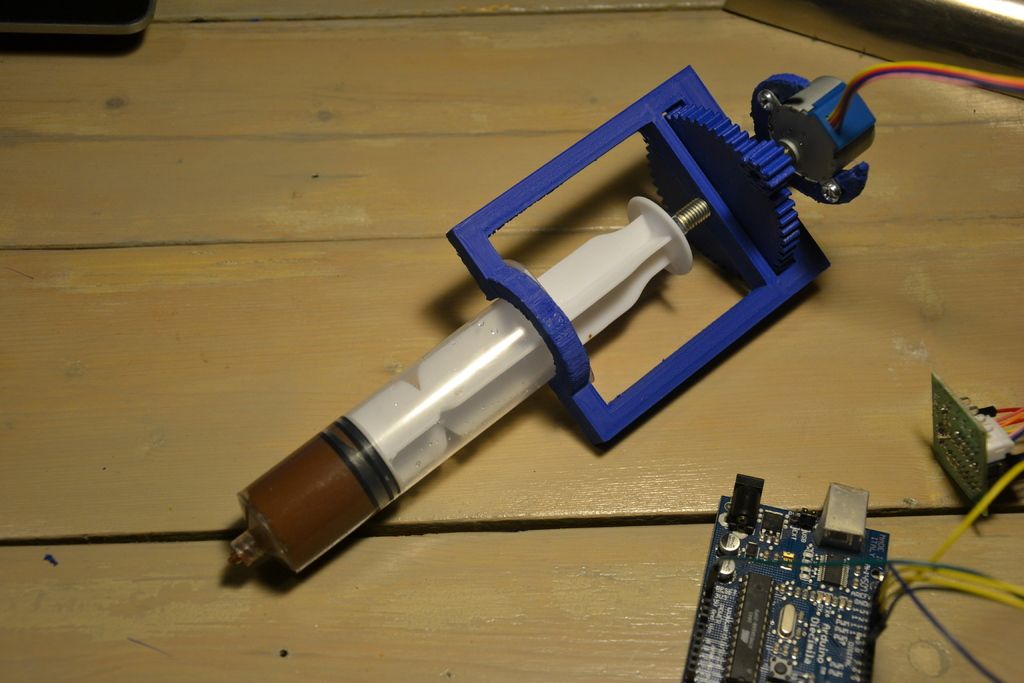 High temperature resin molds can be used to mold a wide range of thermoplastics without thermal stress or temperature-related deformation
High temperature resin molds can be used to mold a wide range of thermoplastics without thermal stress or temperature-related deformation
Formlabs High Temperature Resin can be used to injection mold a wide range of plastics.
3D printed mold tools reproduce the exact quality of the SLA print finish on the Form 2. Forms can be printed at 100 microns for faster prototyping or the recommended 50 microns for fine detail and smoothness
electronics molded in HDPE with a High Temp tool.
This shape of the USB case has been adjusted over three iterations to remove cavities, entrapped air, and partial shrinkage. Total cost of materials for prototyping this high temperature resin mold tool: $25
Thermoforms
Form 2 3D printed thermoformed dies are a fast and efficient way to create high quality vacuum formed parts for low volume production. Printed thermoformed dies can be used to make packaging prototypes, clean orthodontic retainers, and food-safe molds for chocolate confectionery.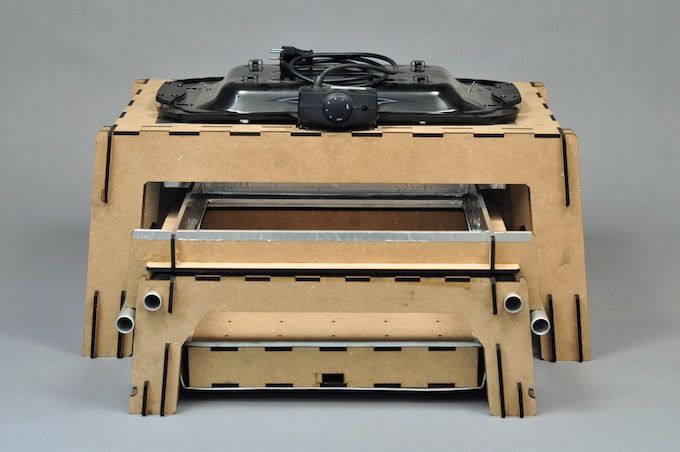
Thermoforming dies experience less pressure than injection molds, but still reach high surface temperatures.
High temperature polymer resists deformation and surface degradation from the combined heat and pressure of thermoforming for most plastics. Standard resins may also be suitable for thermoforming with some low temperature plastics such as vinyl.
APPLICATION EXAMPLE
Formech thermoformed prototype packaging.
Thermoforming a thin sheet of polycarbonate over a high temperature polymer matrix produces a transparent detail by matching the geometry and detail of the matrix. Thermoformed packaging can be easily prototyped and incorporated into the design process along with 3D printed product prototypes, and all this is achievable on the Form 2. The printed matrix was used without additional processing and the need for UV curing. Texture is recommended in thermoforming design to prevent air trapping under the sheet - layer lines on the printed thermoforming die can be helpful in this regard.
TEMPERATURE CONTROL
High Temperature Polymer Cycle Thermoforming
The surface temperature of the die reaches 130°C. The high temperature resin is highly resistant to deflection, whereas with standard resins you must allow the print matrix to cool between cycles, otherwise warping and degradation may occur.
If temperature rise becomes a limiting factor in molding efficiency, cooling channels are an effective way to remove heat from the print. When used in conjunction with an automated thermoforming machine, the water-cooled die can produce more parts with shorter cycle times.
Conformal water channels visible in the thermoforming high temperature die.
Thermoforming die surface temperature
Conformal cooling channels are easy to implement when designing for SLA 3D printing and print successfully without any internal supports to interfere with flow. After printing, the channels are flushed with uncured resin using isopropyl alcohol. The mold is connected to a pump and a source of cold water.
The mold is connected to a pump and a source of cold water.
Integrated water cooling as a strategy can also be applied to standard and rigid polymer parts to reduce heat dissipation when used in higher temperature environments.
Elastomer casting
Precision molds for most flexible elastomers such as silicone and urethane rubber can be printed on the Form 2 using standard resin. The transparency of Clear Resin allows the material to be observed during the pouring or injection process. Flexible materials can be easily removed from rigid SLA printing plates, and applications from model production to functional molding can be obtained. Silicone molding can also be used to quickly replicate master prints, greatly reducing production time when multiple rigid parts and objects are needed.
APPLICATION EXAMPLE
Forms printed on Form 2 are used to create composite parts with advanced built-in features. Assembly subcomponents such as electronic, metal and SLA printed elements can be embedded and sealed in soft surface molds.
RightHand Robotics used the Form 2 to create the production blocks of their robotic gripper using urethane molding. The forms were printed in clear resin, with black resin inserts forming the internal structure.
The Form 2 printer allowed RightHand Robotics to move from prototypes to small-scale production without the need for expensive tooling. The rapid transition from original printed prototypes to production materials that have longer flex cycle life was done with 3D printed plates on the same Form 2 hardware they used for initial prototyping.
The first layer applied from RightHand Robotics' multi-stage process includes urethane compounds that can withstand multiple flex cycles while still providing the high elasticity needed to securely return the gripper to its open state.
The outer layer provides improved tactile grip and control, as well as sealing the sensor electronics with softer, lower durometer rubber.
SLA 3D printed parts can also be encapsulated inside molds to provide a rigid structure for flexible materials. The overlay can be mechanically bonded to the insert by adding holes, recesses, and columns to the printed parts, which enhances assembly and reduces the need for chemical adhesive.
Conclusion
Form 2 molding is a powerful strategy for the production of parts in small batches, as well as production from commonly used plastic and elastomer materials. 3D printing tools allow engineers and designers to easily prototype parts that look and function exactly like the final product, with geometries and material configurations that are quite complex, using 3D printing, such as in the case of encapsulated electronics and thin packaging. For high temperature forming, high temperature polymer offers superior thermal properties at a lower cost and with shorter lead times than process outsourcing
MASSIVIT 3D Launches Large CAST-IN-MOTION 3D Composite Mold Printer
Israeli 3D printer manufacturer Massivit 3D has launched a new machine specially designed for reducing the time required to produce large-format composite molds.
Based on proprietary Cast-In-Motion (CIM) technology, the Massivit 10000 allows users to create sophisticated tools in a fast four-step gel dispense and cast process that simplifies the casting workflow. Thus, the system provides higher throughput and reduced tool iteration cycles for users, especially those in the automotive, aerospace, energy, and marine industries.
“We are thrilled to introduce our cutting-edge Cast-In-Motion technology to the composite manufacturing arena,” said Massivit 3D CEO Erez Zimerman at CAMX 2021. “This market is hungry for innovation that will change the casting paradigm so manufacturers can finally cut lead time from a few weeks to a few days.
Established in 2013, Massivit specializes in manufacturing large format machines for customers in the fields of engineering, academia, architecture and visual communications. Each of the company's systems is built around proprietary Gel Dispense Printing (GDP) technology, an approach that is a cross between FFF and inkjet material printing, in which gels are extruded at high speed and cured into layers.
Each of the company's systems is built around proprietary Gel Dispense Printing (GDP) technology, an approach that is a cross between FFF and inkjet material printing, in which gels are extruded at high speed and cured into layers.
Massivit's flagship 1800 series 3D printer, available in regular and "professional" mids, is a 145x111x180 cm machine that can create large-sized models and shapes 30 times faster than traditional technologies. Over the years, this scalability has allowed the systems to handle a variety of applications, including thermoforming and huge advertising displays.
Building on the success of its 1800 3D printer, the company has decided to launch a new machine in April 2021: the Massivit 5000. Designed to meet the needs of suppliers producing large photopolymer parts for automotive, marine and rail customers, the machine features a unique “Double Material System” , which allows, if desired, to print two parts at the same time with different materials and different levels of resolution.
To support its growing portfolio of printers, the company has also launched two new materials, including flame retardant Dimengel 20-FR and translucent and architecture-focused UL94-V0. After an IPO earlier this year, the company raised $50 million and has now continued to expand its offerings with the introduction of the Massivit 10000. 65 meters is designed to solve problems that Massivit considers difficult when creating large composite parts in terms of cost, lead time and complexity. Basically, the machine is able to deal with this thanks to the built-in CIM technology, which integrates the usual 19-Step molding workflow into a four-step process, eliminating the need for the original "plug".
Instead of a traditional reference design, the CIM process begins with users creating their desired tool template from a UV curable gel, which can then be 3D printed from a variety of thermoset engineering materials. Once printed, these parts are immersed in water where the patterned consumable is allowed to separate, leaving a mold that, once cured and polished, is immediately ready for final use.
According to Massivet, this approach produces parts with "improved accuracy, consistency and higher reliability" but is less wasteful than the tools traditionally used to create large composite assemblies. The firm also claims that the Massivit 10000 is 80% faster and requires 90% less labor than conventional part design equipment, making it a "revolutionary mold making solution" that "changes the tooling paradigm."
“By automating the mold manufacturing process, we can offer manufacturers a way to drastically reduce their costs and the associated material waste,” Zimerman added. “The growing demand for this digital molding solution demonstrates the urgent need for this technology milestone, and we are excited to offer it to the CAMX community ahead of the Massivit 10000 launch.”
Outside of manufacturing circles, molds may not seem like a key part of the manufacturing process, but their precision and durability can be the key to the success or failure of end products.




